How to recover your lost or stolen phones, tablets, and other devices
Technology is increasingly the target of crimes, but it can also be used to fight back against the perpetrators.

Your camera is stolen. Drag an image you shot with the device into a Web page and a free service searches popular photo sites for other images taken with the camera. If the thief posted a picture taken with the camera to his or her personal account, he or she is busted.
Your laptop, smartphone, or tablet is stolen. Sign into your Dropbox or Gmail account and look for the most recent IP address used when accessing the account. If the service is set to log in to the account on startup, or if the thief tries to access your Dropbox or Gmail account, his or her IP address will appear there. Take the information along with the police report of the theft to the police and the robber's ISP will identify the crook.
These are just two examples of tools available to the victims of crimes that can assist them in retrieving their stolen items. In some cases, the devices were merely lost and the finders may need some help (or encouragement) to return the products to their rightful owners.
There's plenty you can do before, during, and after you lose a Web-connected device to increase the chances the gizmo will find its way back to you.
Before it goes missing, capture the model and serial numbers
The key to recovering lost or stolen electronics is to know their pertinent digits -- in this case, their model and serial numbers. If you file a police report for stolen equipment, the form will ask for this information, and having the serial number makes it much easier to reclaim your property.
The key to recovering lost or stolen electronics is to know their pertinent digits -- in this case, their model and serial numbers. If you file a police report for stolen equipment, the form will ask for this information, and having the serial number makes it much easier to reclaim your property.
If you have a homeowners or renters insurance policy, you've probably been instructed to photograph your valuable personal property. When snapping shots of your computers and other electronics equipment, you're better off capturing the bottom or back of the device -- wherever the model and serial numbers are located -- than the top or front.
If your stuff goes missing before you've had a chance to grab any ID numbers, all is not lost (or stolen). My wife chides me for holding onto the boxes for the electronics I purchase. I tell her it's because I may have to return the device if it turns out to be defective, but the box also has the product's model and serial number printed on it. Even if you don't need to keep your receipts for tax purposes, the sales slips also have the products' model and serial numbers.
Put your contact info in a prominent location
Make it easy for someone finding your phone, tablet, or laptop to return it by placing a contact e-mail address or telephone number on the product's lock screen. You do use a lock screen for all your portable devices, right? Losing your hardware is tough enough. You don't want to make matters worse by giving thieves or less-than-honest finders access to your personal data. The few seconds a day it takes to enter passcodes is time well-spent.
Make it easy for someone finding your phone, tablet, or laptop to return it by placing a contact e-mail address or telephone number on the product's lock screen. You do use a lock screen for all your portable devices, right? Losing your hardware is tough enough. You don't want to make matters worse by giving thieves or less-than-honest finders access to your personal data. The few seconds a day it takes to enter passcodes is time well-spent.
One of the tips in my post from last September titled "How to lock down and find Android and Windows phones" explained how to add contact info on an Android phone's lock screen. The post "How to prevent phone and tablet theft" described the process of using an image with your contact info as your lock-screen wallpaper.
If you haven't already, make sure you install a find-my-device app for your phone or tablet. My post from August 2011 titled "Keep your iPad data safe" covered the free Find My Phone app for iPhones and iPads. Last September's post on locking and finding Android and Windows phone described the remote-find feature built into Windows phones, which is tied to your Windows Live account. One of the products I reviewed earlier this month in "Essential free productivity apps for Android tablets" Is Lookout Mobile Security, which lets you locate a lost Android device. Google recently released the Android Device Manager that helps you track down missing Android phones and tablets.
An open-source alternative for tracking laptops, phones, and tablets is the free Prey program, which is available for Windows, Mac OS, iOS, Linux, and Android devices. After you download the app to your computer or device, it stays hidden in the background. The program uses the device's GPS or the nearest Wi-Fi hotspots to determine its location.
Prey can establish a connection to the nearest open Wi-Fi access point if it can't find an Internet connection. You may be able to take a picture of the thief with the device's camera or capture a screenshot of the active session to grab the crook's Facebook or e-mail sign-in. (Note that I haven't tested the product; this information is from the developer's site.)
During a robbery, make like Chili Palmer
If you find yourself in the unfortunate circumstance of being robbed, the consensus of law enforcement is to do as the robber asks. No iPhone is worth risking serious injury over. You can help the police by noting any distinguishing characteristics of the thief.
If you find yourself in the unfortunate circumstance of being robbed, the consensus of law enforcement is to do as the robber asks. No iPhone is worth risking serious injury over. You can help the police by noting any distinguishing characteristics of the thief.
According to a profane Craigslist post by a New York City police officer, the things to note are sex, clothing, color, clothing type, headware, and direction of flight. The officer emphasizes that you should call the police as quickly as possible. Considering that you probably just had your phone stolen, this may not be so easy. I can't remember the last time I saw a functioning payphone, let alone used one. Look for a restaurant, grocery store, or bar nearby, or ask a bystander if you can use his or her phone to make the call.
Be as precise as possible when you give the 911 operator your location, but keep in mind it will probably take several minutes for the police to arrive. Once they do, channel Sgt. Joe Friday of the LAPD (showing my age) and stick with the facts. Resist the temptation to whine or complain. Provide as much accurate information as you can for the police report. Don't even think about not filing a police report if you have even a glimmer of hope of retrieving your lost items or collecting on an insurance claim.
Should you ever discover that your home or business has been robbed, first make sure you don't surprise the burglars. Some experts advise that you exit immediately and call the police, and don't enter at all if you see a door or window has obviously been forced open. In any event, don't start tidying up or otherwise disturb the scene any more than safety dictates. You may wipe out some useful clues for investigators.
Tools and techniques for getting your stolen stuff back
On the other hand, the police are pretty busy and may not have time or resources available for much -- or any -- investigating. In addition to using a locator app, you can register your electronic devices and other valuables with the free Immobilize national product registry and its companion services, the CheckMEND and Trace databases of items reported stolen.
On the other hand, the police are pretty busy and may not have time or resources available for much -- or any -- investigating. In addition to using a locator app, you can register your electronic devices and other valuables with the free Immobilize national product registry and its companion services, the CheckMEND and Trace databases of items reported stolen.

After you register your electronics and other valuables at the free Immobilize site, they'll be added to the Trace database of stolen items to prevent their resale and help police find and return them.
(Credit: Screenshot by Dennis O'Reilly/CNET)
Start by creating an inventory of your property at Immobilize (which is also available in the UK asImmobilise). If you're the victim of a robbery, report the crime to the police and your insurance company. Immobilize issues a "certificate of ownership" intended to facilitate filing a claim or identifying your property when it's recovered.
Next, report the stolen items to the Trace and CheckMEND services that police, second-hand sellers, and the public use to identify products reported as lost or stolen. Should one of their checks turn up an item of yours, it will be easy for them to contact you, and you'll have the information you need to reclaim it.
Another option for reporting lost and stolen items is the Stolen Register, a worldwide database of misplaced property. Stolen Register lets you enter a serial number, model number, or other identifying information in a search box and retrieve matching items from its product database.

Before you purchase a second-hand item, enter its serial number or other ID in the Stolen Register to make sure the product hasn't been reported lost or stolen.
(Credit: Screenshot by Dennis O'Reilly/CNET)
You can search for items by type, whether reported lost or stolen, by time, and by location, including proximity to your current location (within 10 miles or 50 miles). Stolen Register uses your Facebook name and e-mail address to identify you; when you sign up, Facebook indicates that the service is also asking for access to your friends list and profile, but Stolen Register claims this is due to Facebook's sharing procedure.
When you report a lost or stolen item on Stolen Register, you can provide a description along with its serial number and other identifying information. The service lets you upload a photo of the product and plot where it was lost on a Google Map. After you register your property you can view a list of the items you've reported lost.
A popular outlet for thieves selling stolen goods is Craigslist. To facilitate searching the site for someone selling your lost or stolen property, enter the product info in Stolen911.com's Craigslist searcher. Enter a make and model in the service's custom Google search box and it scans the Craigslist for-sale listings for matching items. A benefit of Stolen911.com's custom search is that it scans ads in all geographic locations, not just in your vicinity.
After you register with the free site, you can list the items you've lost to have them added to Google search results. (The service appears to be preparing a premium version that promises more prominent placement in search engines and the ability to add more attention-getting elements to your listings.)
Long before there was Craigslist or any other second-hand online emporium, there were pawn shops. Pawn-shop operators are usually adept at spotting stolen merchandise someone tries to pawn by using stolen-property tracking services such as those described above.
There's still a chance your misplaced valuables could wind up hocked by the thief or finder. Pawn shops generally don't display items right away and instead wait a certain period before offering them for sale. After all, the products are technically on loan and redeemable by repaying the "loan."
If you make the rounds of local pawn shops and spot what may be one of your possessions, it may not be a good idea to stake your claim to the item right away. On the InfoBarrel site, Harold J. Forbes recommends that you act interested in the property, ask the shop to hold it for you, and then contact the police -- with your police report in hand -- to ask for their assistance in retrieving the merchandise.
According to Forbes, the item will then be impounded by the police as evidence. You'll have to prove you own it in a court property hearing, and only then will you be able to claim it from the police impound.
ID thieves who upload images they took with your lost or stolen camera
The metadata attached to many digital images includes serial number data stored in Exchangeable Image Format (EXIF) tags. The CameraTrace service scans images that have been uploaded to popular photo-sharing sites and matches them to its camera database, which the service claims has more than 11 million cameras, and counting.
The metadata attached to many digital images includes serial number data stored in Exchangeable Image Format (EXIF) tags. The CameraTrace service scans images that have been uploaded to popular photo-sharing sites and matches them to its camera database, which the service claims has more than 11 million cameras, and counting.
CameraTrace promises to work with local law enforcement agencies to help you retrieve your lost or stolen camera. It can also be used to enforce image copyrights. Note that the service works only with cameras that embed their serial numbers in the EXIF tags. It offers one free scan and charges $10 per camera thereafter.
Locating a lost or stolen camera with the free StolenCameraFinder open-source service is a drag-and-drop affair: drag a photo you've taken with the camera into your browser and drop it in a box on the site's home page. You can also select an image in Windows Explorer or Finder.

Find a lost or stolen camera by tracing it based on its image fingerprint to other photos the theft/finder has posted on the Web.
(Credit: Screenshot by Dennis O'Reilly/CNET)
If you don't have a photo taken by the camera, search for its posted images by entering the camera's serial number. StolenCameraFinder doesn't support images taken with iPhones or other smartphones. The service works only with JPEGs, ideally ones that haven't been edited or downloaded from the Web, both of which can alter the image's EXIF data. Also, Facebook strips out the EXIF data from images uploaded to the site, according to StolenCameraFinder.
Here's looking up your old IP address
If your lost or stolen computer, tablet, or phone is set to sign into your Dropbox or Gmail account automatically, or if the thief or finder signs into the account, you can identify the person by logging into either service and accessing the IP address of the most recent access.
If your lost or stolen computer, tablet, or phone is set to sign into your Dropbox or Gmail account automatically, or if the thief or finder signs into the account, you can identify the person by logging into either service and accessing the IP address of the most recent access.
As Ben Popken reported in the Consumerist back in March 2011, a Dropbox user signed into his account from another computer after his laptop was stolen and realized the thief's IP address was captured by the service when the crook powered up the laptop. The victim provided the police with the IP address, which can be used to identify the perpetrator through his or her Internet service provider.

Find the IP address used the last time your Dropbox account was accessed via the account's security settings.
(Credit: Screenshot by Dennis O'Reilly/CNET)
To access your recently used IP addresses in Dropbox, sign into the account at Dropbox.com, choose the account name in the top-right corner, and click Settings. Select the Security tab and look for "Most recent activity" in the "Web sessions" section. Hover over the entry to have the date, time, and IP address appear in a popup window.
The same goes for Gmail: if the person who absconded with your computer or device signs into your Gmail account or it's set to start with the computer, you can view the IP address used to log in by opening your Gmail account from another computer or device, scrolling to the bottom of the page, and choosing Details under "Last account activity" in the bottom-right corner.

Find a log of your Gmail account accesses by clicking Details under "Last account activity" at the bottom of the main window.
(Credit: Screenshot by Dennis O'Reilly/CNET)
The Gmail activity log shows the browser or device used, the location and IP address, and the date and time. The log also indicates whether there are other active sessions for the account and provides a button for signing out of all other sessions.
Take the IP address and your police report to your local police station and ask for their help in retrieving your property.
In a future post, I'll look at ways to use Facebook, Twitter, and other social media to respond to a theft and to help combat other crimes. Until then, keep making note of those serial numbers!












 Scroll Left
Scroll Left

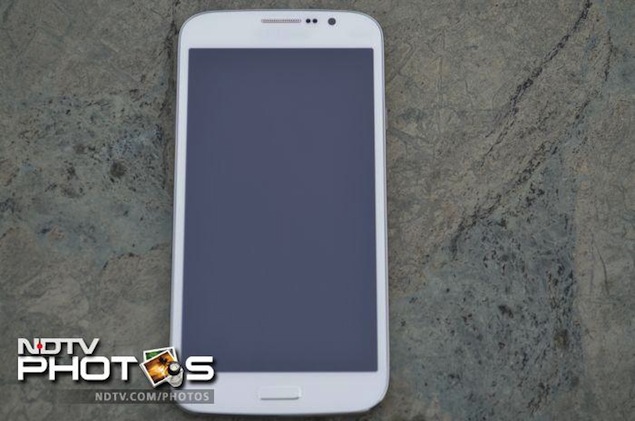
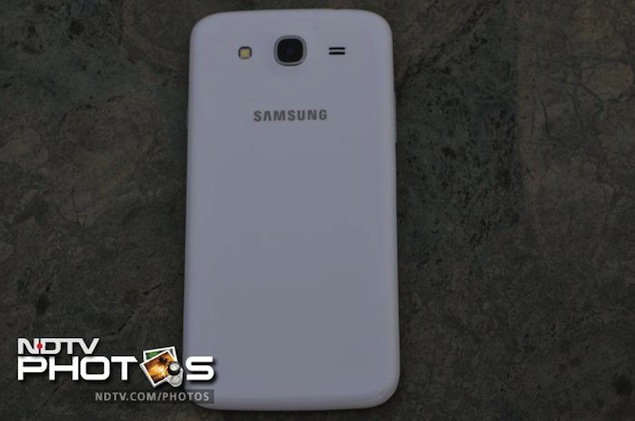

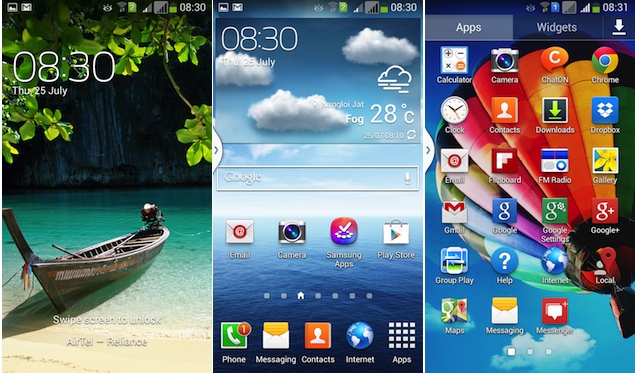

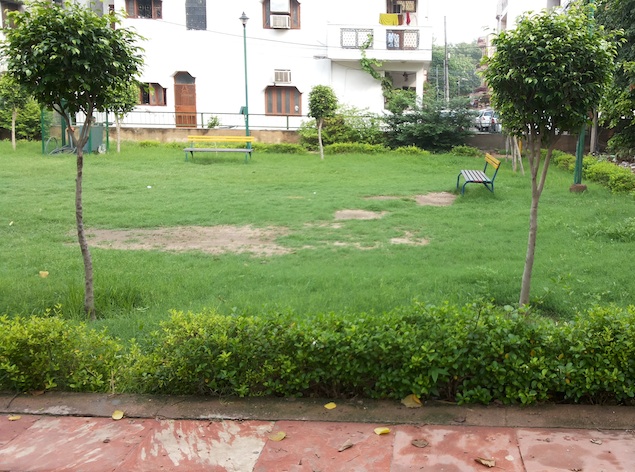

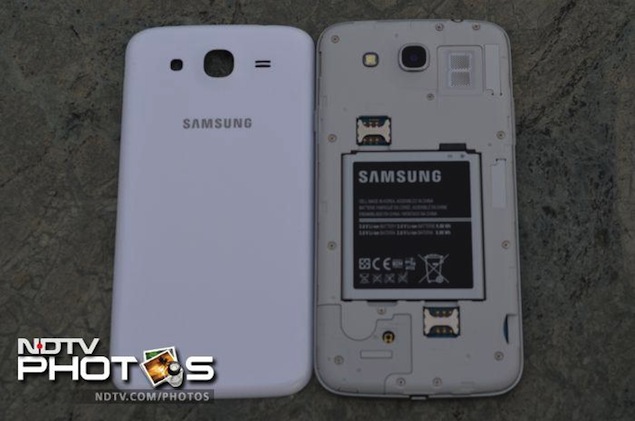
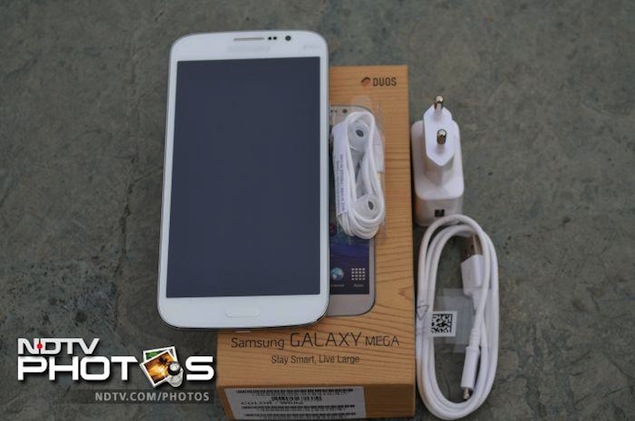
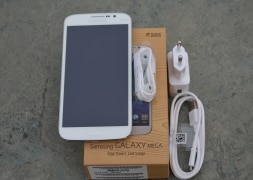

 .
.